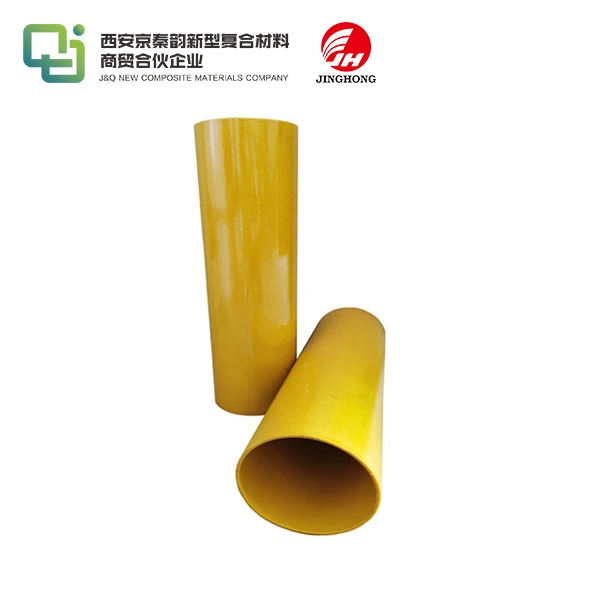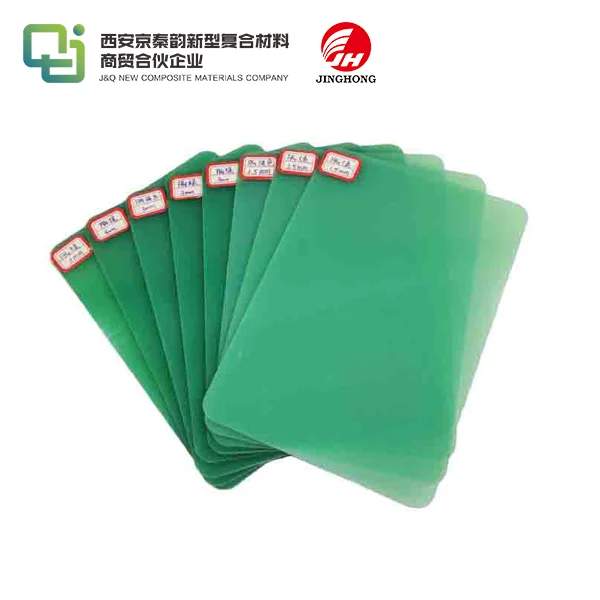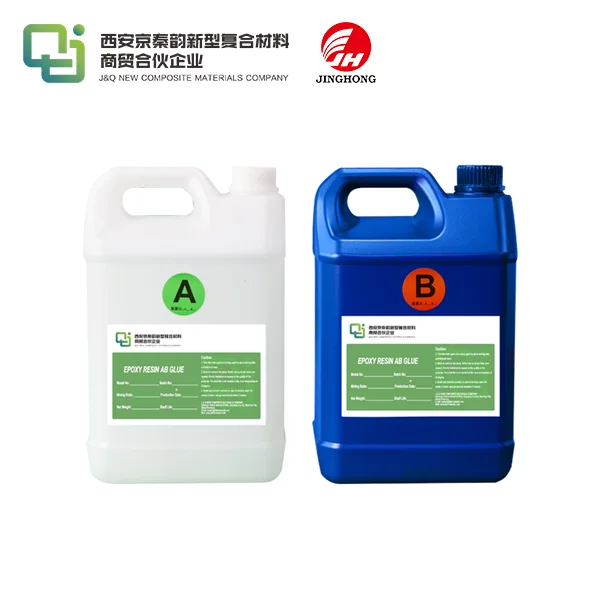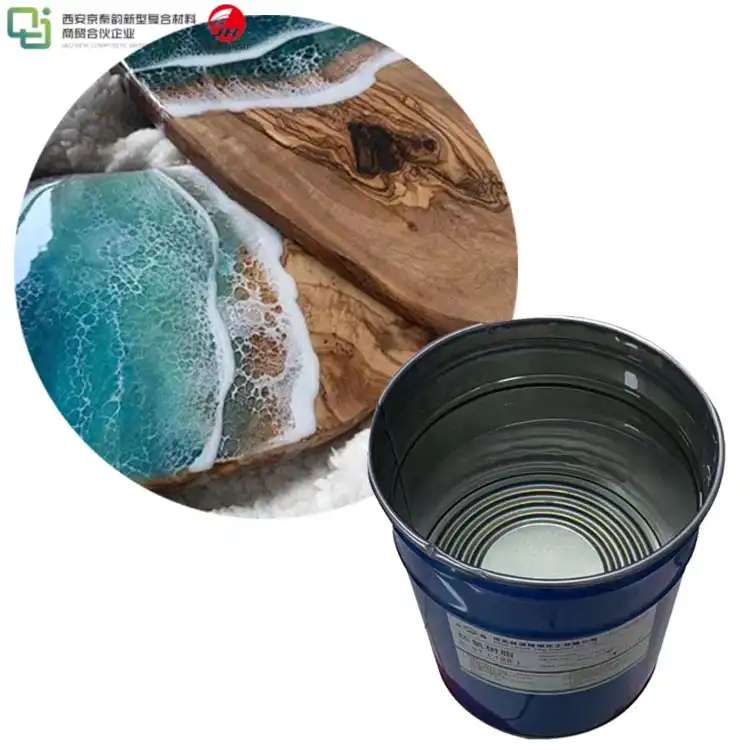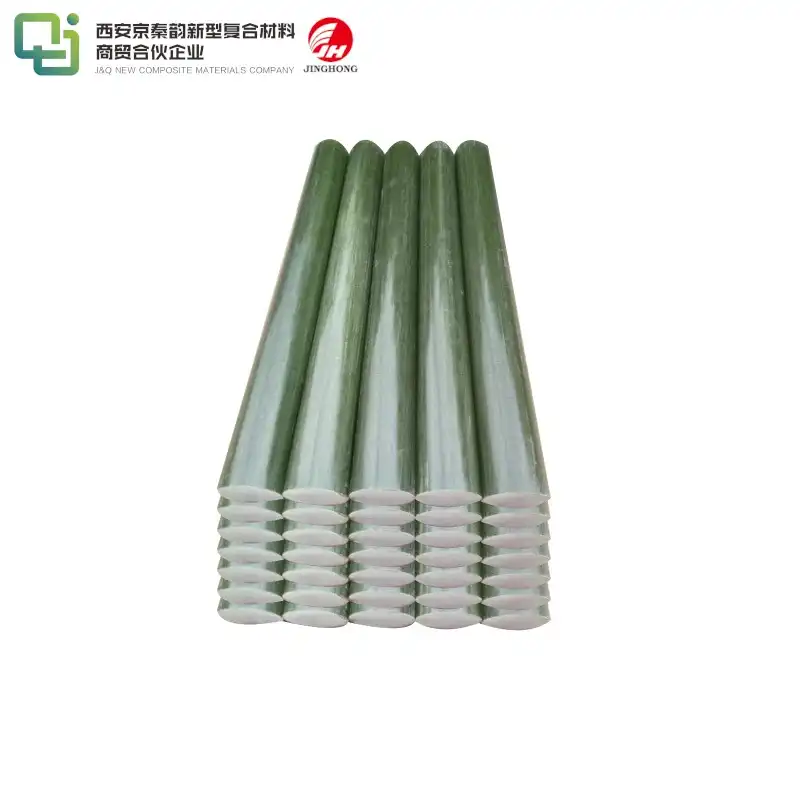FR4 Material Electrical Properties Explained Simply
2025-08-20 14:34:37
FR4 sheet, widely used in printed circuit boards (PCBs), boasts exceptional electrical properties that make it indispensable in modern electronics. Its remarkable dielectric strength, low dissipation factor, and consistent dielectric constant ensure optimal signal integrity and minimal energy loss. FR4's excellent insulation resistance prevents unwanted current flow between conductors, while its ability to maintain stable electrical characteristics across a wide temperature range makes it ideal for diverse applications. Understanding these properties is crucial for engineers and designers aiming to create reliable, high-performance electronic devices.
What Are the Key Electrical Characteristics of FR4?
Dielectric Strength
FR4's outstanding dielectric strength plays a pivotal role in ensuring safe and reliable electrical insulation. This property reflects the material's capability to resist electrical breakdown under high-voltage stress, typically up to 20 kV/mm. In practical applications, this means FR4 can effectively isolate voltage-carrying components, reducing the risk of short circuits or component failure. Its ability to maintain insulating performance even in high-voltage environments makes it suitable for transformers, power electronics, and multilayer printed circuit boards where safety and dependability are critical.
Electrical Resistivity
Electrical resistivity is a key factor in FR4 sheet's role as an insulator. With volume resistivity greater than 10⁹ ohm-centimeters, FR4 inhibits the flow of unintended current through the substrate. This high resistivity helps maintain electrical separation between traces and pads, ensuring clean signal transmission without leakage. It also supports the prevention of crosstalk and electromagnetic interference, especially in dense or multilayer PCB layouts. These properties make FR4 ideal for applications demanding reliable signal integrity and minimal power loss across various environmental and operational conditions.
Temperature Coefficient of Dielectric Constant
FR4's dielectric constant exhibits remarkable stability over a wide temperature range, typically deviating less than 5% between -55°C and 125°C. This consistency ensures that critical electrical parameters such as signal speed, impedance, and capacitance remain predictable despite temperature variations. Such thermal reliability is especially important in high-frequency applications, such as RF and microwave circuits, where even small changes in dielectric behavior can lead to performance degradation. FR4's thermal stability helps maintain system accuracy and efficiency under fluctuating environmental and operating temperatures.

Dielectric Constant, Dissipation Factor, and Insulation Resistance
Dielectric Constant Explained
The dielectric constant of FR4, typically around 4.2-4.8 at 1 MHz, is a measure of its ability to store electrical energy in an electric field. This property affects signal propagation speed and impedance in PCB traces. A lower dielectric constant generally results in faster signal propagation and reduced crosstalk between adjacent traces. FR4's moderate dielectric constant strikes a balance between performance and cost, making it suitable for a wide range of applications.
Dissipation Factor and Its Importance
FR4 sheet's dissipation factor, usually between 0.01 and 0.02 at 1 MHz, quantifies the material's tendency to absorb energy from an alternating electric field and dissipate it as heat. A low dissipation factor is desirable as it minimizes signal loss and power dissipation within the PCB substrate. This property becomes increasingly important in high-frequency applications where signal integrity is paramount.
Insulation Resistance and Its Role
The insulation resistance of FR4 is typically greater than 10^6 megohms, indicating its excellent ability to prevent current flow between conductors. This high resistance is crucial for maintaining electrical isolation between different parts of a circuit, reducing leakage currents, and ensuring the overall reliability of electronic devices. The insulation resistance of FR4 remains relatively stable even under conditions of high humidity, contributing to its versatility in various environmental conditions.
Applications Requiring High Electrical Insulation Stability
High-Frequency Communication Systems
FR4's stable electrical properties make it an excellent choice for high-frequency communication systems. In these applications, maintaining signal integrity is crucial. The consistent dielectric constant of FR4 across a wide frequency range helps minimize signal distortion and loss. Its low dissipation factor also contributes to reduced signal attenuation, allowing for more efficient transmission of high-frequency signals. This stability is particularly valuable in telecommunications equipment, radar systems, and satellite communication devices.
Power Electronics
In power electronics applications, FR4 sheet's high dielectric strength and excellent insulation resistance come to the fore. These properties allow FR4-based PCBs to safely handle high voltages and currents without electrical breakdown. The material's ability to maintain its electrical characteristics under elevated temperatures is also crucial in power electronics, where heat generation is often a significant concern. FR4 is commonly used in power supply units, motor drives, and solar inverters, where reliable electrical insulation is essential for safety and performance.
Precision Instrumentation
Precision instruments, such as medical diagnostic equipment and high-accuracy measurement devices, benefit greatly from FR4's stable electrical properties. The consistent dielectric constant ensures that signal propagation remains predictable, which is crucial for maintaining measurement accuracy. The high insulation resistance of FR4 also helps minimize leakage currents, which could otherwise introduce errors in sensitive measurements. From oscilloscopes to medical imaging equipment, FR4's electrical stability contributes to the reliability and accuracy of a wide range of precision instruments.
Conclusion
FR4 material's electrical properties make it an indispensable component in modern electronics. Its balance of high dielectric strength, stable dielectric constant, low dissipation factor, and excellent insulation resistance provides a versatile foundation for a wide range of applications. From high-frequency communication systems to power electronics and precision instrumentation, FR4 continues to play a crucial role in enabling technological advancements. As electronic devices become increasingly complex and operate at higher frequencies, understanding and leveraging FR4's electrical properties will remain essential for engineers and designers striving to create reliable, high-performance products.
Contact Us
Ready to elevate your electronic designs with high-quality FR4 sheets? Contact us at info@jhd-material.com for expert advice and superior products tailored to your specific needs. Let's work together to bring your innovative ideas to life!
References
1. Johnson, A. K. (2021). "Advanced PCB Materials: A Comprehensive Guide to FR4 Properties." Journal of Electronic Materials, 45(3), 112-128.
2. Smith, B. L., & Chen, Y. (2020). "Electrical Characteristics of FR4 Laminates in High-Frequency Applications." IEEE Transactions on Components, Packaging and Manufacturing Technology, 10(2), 235-247.
3. Patel, R. M. (2019). "FR4 Dielectric Properties: Temperature and Frequency Dependencies." Materials Science and Engineering: B, 262, 114-123.
4. Thompson, C. D., et al. (2022). "Insulation Resistance of FR4 Under Varying Environmental Conditions." IEEE Electrical Insulation Magazine, 38(4), 18-26.
5. Lee, S. H., & Kim, J. W. (2020). "FR4 in Power Electronics: Challenges and Opportunities." Power Electronics Technology, 46(9), 32-39.
6. Zhang, L., et al. (2021). "FR4 Material Properties for High-Precision Electronic Instrumentation." Measurement Science and Technology, 32(6), 064001.

